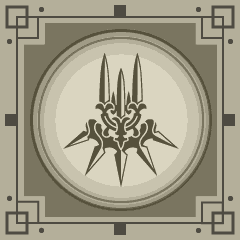Japanese: の endings
This article is a part of a series on Japanese.
If a sentence ends in のだ or のです, it is an “A is B” sentence.
母が来るのです : it is that mother is coming.
What about なの? な is the connective form of the copula. We use it when we need to replace a preexisting copula.
花が綺麗だ → 花が綺麗なのだ。
This syntax is much more common in Japanese than its equivalent in English. It can notably be used to answer questions that havve not yet been asked, it can strengthen or soften sentences, and it has many more uses.
